The riverboat captain is a storyteller. Captain Don Sanders shares the stories of his long association with the river — from discovery to a way of love and life. This a part of a long and continuing story.
By Capt. Don Sanders
Special to NKyTribune
The 1971 Season for the Steamer DELTA QUEEN began officially on Tuesday, April 13, 1971, exactly 54 years and one week ago. According to the Chinese zodiac, 1971 was the Year of the Pig, while “Joy to the World,” by the group Three Dog Night, was the number one song in America. According to the QUEEN’s Log Book, written in my printed script, April 13th was the steamboat’s Annual Inspection conducted by LTs Michael Schield and William Randolph of the United States Coast Guard, New Orleans Office. The Log further reveals:

“Steering gear and annunciator checked. Running lights checked. All emergency bells checked… Fire & Boat Drills held 0930- 0945. Eight hoses run out. Lifeboat lowered to the water and manned. All men stationed, and all stations manned. All in good order.”
With the signatures of the inspecting functionaries in blue, the DELTA QUEEN hastened to depart Avondale Shipyard the following day with these officers in charge: “Ernest E. Wagner, Master; Cal Benefiel, Chief Engineer; Donald J. Sanders, First Mate; Harry Hamilton and Bob Zang, Pilots; Gabriel Chengery, Purser; and James R. Blum, 2nd Mate. Of course, as one observer remarked, many other unsung crewmen and women kept the QUEEN running like “a well-oiled machine.”
Among the deckhands were Ed Duemler, Ernest Veasley, Ray Wanstrath, Robert Sykes, Preston “Red” Lunsford, and Lewis “Red Rooster” Bayless. In the Boiler Room, Ed Smith and Bubba Chinn, Steamer AVALON veterans who came to the DELTA QUEEN with Captain Wagner, kept the dial steady on the steam pressure guage. The kitchen, the Orleans Room, and the pantry boasted of veterans like Robert Davis and Henry Mitchell. Both young men’s fathers ran the dining room before them.

Robert’s mother, Mamie Davis, Head Maid, kept tabs on her squad of housekeepers who ensured the passenger staterooms remained clean and tidy. Aft, in the engineroom, Tom Tallon, Striker, assisted the engineers, including a youthful Assistant Engineer, Kenny P. Howe, Jr., in maintaining a spotless environment on the “pushing end” of the steamboat.
On Friday, April 16, 1971, at ten minutes past noon, with Captain Bob Zang behind “the sticks,” the DELTA QUEEN departed the Crescent City. One hundred twenty-four National Trust for Historic Preservation members chartered the QUEEN bound for Cincinnati, on the Middle Ohio River, some 1,369 miles upstream. The Trust membership, led by James “Jimmie” Biddle, of the old Boston Biddles, was not the stuffy lot one might suspect.
During this trip, I became acquainted with numerous organization members and other National Trust charters. Through them, I began my love of the preservation of historic homes, which helped me when I became interested in preserving the architectural treasures in my hometown of Covington, Kentucky, opposite Cincinnati. I will never forget the comment a Trust member said after visiting houses on the National Register in Covington’s Riverside Historical District:

“Captain Sanders, you’ve always bragged about how lovely the historic homes in Covington were. But I never imagined how amazing they were until I visited them personally.”
As the DELTA QUEEN steadily shoved against the surge of the Mighty Mississippi, it stopped at places of interest to the Trust membership. Baton Rouge and St. Francisville were two of the first stops. Ashore, members of the group received the highest level of VIP treatment available. By the mid-1970s, after becoming an active member of the National Trust, two of my annual vacation treats included attending their yearly extravaganzas in Boston in 1975 and Philadelphia in ‘76. Both annual meetings coincided with the Bicentennial of the American Revolution and the bonding of the disjointed British colonies into the United States of America. Believe me when I say this group of national historians adds meaning to what it means to “celebrate.”
On Monday, the 19th, the DELTA QUEEN landed alongside the steamer SPRAGUE at 8:25 AM and stayed just past noon. Most likely, the passengers had a variety of quick tours before the steamer backed away from the SPRAGUE, the largest steam towboat ever built, before flipping around in the U.S. Engineers’ turning basin. Downstream, the QUEEN flew past the Vicksburg Landing with all flags flying and the steam calliope blasting tunes popular in the 19th Century as Matire de’ Robert Davis announced a buffet luncheon in the Orleans Room. At 1:20 PM, the DELTA QUEEN entered the Mississippi, where Captain Zang threw the rudders “hard a’ port,” twisting the bow into the full river surge.

The next day, Tuesday the 20th, the Trust membership stopped in Greenville, Mississippi, for more entertainment and Southern cultural enlightenment. Greenville, similar to Vicksburg, lies on a cutoff oxbow lake of what was once the Mississippi River before the Army Engineers straightened an “S-curve in the river during the 1930s. Occasionally, a deckhand might take a refreshing dip in the lake as I did when I decked on the excursion Steamer AVALON.
Later that day, after leaving Greenville’s Lake Ferguson and resuming course, the DELTA QUEEN Log Book noted, “Low steam pressure started near Napoleon.” At 1:15 to 1:25 PM, “Nosed into bank–Mile 648. Loss of steam.” Then from 2:14 to 4 o’clock, “Fuel Boat alongside.” Another entry noted at the 6 PM watch change: “Low steam pressure. Running slow.” Finally, at 7 PM: “Resumed speed.” The next morning, the QUEEN arrived in Memphis at 7 AM with 10 ¾ feet on the Memphis guage, and stayed close to half-past noon.
At Memphis, the DELTA QUEEN lay alongside the fragile wharfboat belonging to Waterways Marine at the foot of the legendary Beale Street, once noted as the heart of Blues Music made famous by such musicians as W. C. Handy, B.B. King, Muddy Waters, and Memphis Minnie McCoy. When the DELTA QUEEN landed in 1971, Beale Street was a boarded-up, rundown, virtual ghost town, unlike today’s tourist attraction. Beale Street was a good place to stay away from, but rest assured, the Trust members received the VIP treatment elsewhere in Memphis that day.

Once underway from Memphis, with a shoulder into the stout current, the DELTA QUEEN managed a respectable 6.2 MPH. At 7 AM on Saturday, April 24th, Captain “Handsome Harry” Hamilton recorded “14 feet on the Carutherville guage.” Before departing the foot of Beale Street, Captain Harry Louden relieved Cap’n Bob Zang as the after-watch pilot. From 11:15 to 11:25 AM, Captain Wagner conducted the required weekly Fire & Boat Drill. After tying off below the Tiptonville ferry for three hours, the steamer, passengers, and crew paddled past New Madrid, Missouri, during the first sitting in the Orleans Room of hungry folks recently returned after another whirlwind tour of historic settings ashore.
At 5:50 AM, Sunday, April 25, 1971, Cairo, Illinois lay ahead, marking the beginning of the Ohio River. At 6 AM, Cairo cityfront passed to port with 22 feet on the city guage. During the Civil War, Cairo was the hub of US Navy and Army activities against the Confederate forces in the Western theater of that horrid war. During the 1960s, lasting well into the 1970s, strife between the races decimated the once attractive remnant of 19th-century architectural history. At the time the National Trust Charter bypassed Cairo, snipers were still occasionally taking potshots from elevated places in town. Whenever the DELTA QUEEN landed in Cairo, and I assumed gate watch on the bow, I established my position securely behind the wide, thick, steel Main Mast.
When I first visited Cairo in 1965, however, the town was still much as it was during those war years. I’ll never forget the lovely lobby of the Hotel Cairo, trimmed in black ebony and brass, just as it was when “Ole Grant” entertained guests, including Gen. William Tecumseh Sherman.

At noon, the QUEEN landed at Paducah, Kentucky, long enough for passengers and some crew to stretch their legs and for my boys and me to take on potable drinking water. My script notes, “WATER Port Tank: 5 ¾ feet. Stb Tank: 6 feet. Flow valve shut off.”
After passing Lock & Dam 51, the DELTA QUEEN entered the gates of Lock 50 from midnight to 12:15 AM on Monday, April 26, with Captain Louden and me on watch. All those old wicket-style dams and locks, once an innovative rage on the Ohio River, are long gone. The only steamboat chore I seldom, if ever, heard deckhands grumble about was “making” a lock. That, and tying up and departing, was the deck crew’s time to show their stuff and be on stage for an appreciative audience marveling at their performance, both on the boat and ashore.
Three hours at Evansville, Indiana, later on Monday, April 26th, for more water and a visit from the Evansville “Nut Club,” a group of city supporters and long-time friends of the DELTA QUEEN. A welcome sight for me, as Mate, at Evansville, located on the vast expanse of Evansville Bend, was a 20-yard rolloff container for the ample trash and garbage generated aboard the vessel. Only a year earlier, the entire refuse of the steamboat went indiscreetly into the river, supposedly after the passengers were all abed. One suspicious lady guest, however, photographed the clandestine operation and forwarded copies of her incriminating evidence to her Congressional Representatives in Washington. After much embarrassing publicity and feeble attempts to justify tossing trash into the river, roll-offs soon became welcome adornments at the larger stops along all the rivers, wherever the DELTA QUEEN stopped.

Owensboro, Kentucky, passed to starboard at midnight on Tuesday, the 27th. Cannelton Lock at 4:30 until 4:40 AM. At 12:15 PM, the boat blew the three-chimed Lunkenheimer steam whistle for Lock 44. Captain Harry Louden noted, “Tried to land opposite Brandenburg (KY) Ferry — Could not get in.” Lock # 43 from 5:10 to 5:30 with 12.8 feet on a falling river.”
Above West Point, Kentucky, the DELTA QUEEN landed at Pleasant Ridge Park at 7:30 PM to take on passengers. Two hours later, the QUEEN landed at New Albany, Indiana, to let some off. McAlpine Lock was from 9:50 to 10:10 PM. By-passing the downtown Louisville waterfront, which lay in a shambles for revamping, the QUEEN landed at Cox Park at 11 PM and stayed until 1:40 AM, Wednesday, April 28th. At 4:30 AM, the steamboat nosed into the bank at Bethlehem, Indiana, and waited until 7:30 AM before departing and running on a slow bell and landing at historic Madison, Indiana, at 10:45.
Madison, a small, intriguing town nestled on the banks of the Ohio River, is chockablock full of sights and structures that surely delighted the hearts of the National Trust visitors for the six hours the DELTA QUEEN lay nestled at the cityfront.
Soon after the National Trust tourists returned to the boat, the Captain’s Dinner and gala extravaganza awaited in the Orleans Room. As First Mate, Captain Wagner often invited me to join him at the Captain’s table. As those were during my drinking days, we both imbibed numerous glasses of sparkling DELTA QUEEN-style champagne, most of which we consumed in the Mark Twain Lounge before the festivities began. Ahead lay Markland Lock, which the pilot and 2nd Mate easily covered, so I was given the night off to help arrive at “Rag Town” in the morning. Cincinnati acquired the odd name during steamboat days when so many boatloads of rags arrived in town bound for the local paper mills to manufacture quality writing paper.
At 2:10 AM, Thursday, April 29, the QUEEN lay at Boswell Oil Dock and took on heavy Bunker-C fuel oil and potable water until 7:35 AM. Departing Boswell’s, the DELTA QUEEN slowed-belled to the Cincinnati Public and dogged off, “All-Fast,” at 8:50 AM. Captain Wagner’s last entry in the Log read:
“Arrived Cincinnati, Ohio — END OF TRIP.”
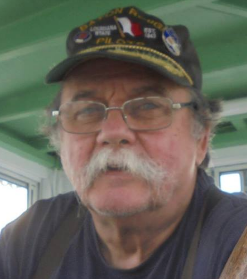 Captain Don Sanders is a river man. He has been a riverboat captain with the Delta Queen Steamboat Company and with Rising Star Casino. He learned to fly an airplane before he learned to drive a “machine” and became a captain in the USAF. He is an adventurer, a historian and a storyteller. Now, he is a columnist for the NKyTribune, sharing his stories of growing up in Covington and his stories of the river. Hang on for the ride — the river never looked so good.
Captain Don Sanders is a river man. He has been a riverboat captain with the Delta Queen Steamboat Company and with Rising Star Casino. He learned to fly an airplane before he learned to drive a “machine” and became a captain in the USAF. He is an adventurer, a historian and a storyteller. Now, he is a columnist for the NKyTribune, sharing his stories of growing up in Covington and his stories of the river. Hang on for the ride — the river never looked so good.
Purchase Captain Don Sanders’ The River book

Capt. Don Sanders The River: River Rat to steamboatman, riding ‘magic river spell’ to 65-year adventure is now available for $29.95 plus handling and applicable taxes. This beautiful, hardback, published by the Northern Kentucky Tribune, is 264-pages of riveting storytelling, replete with hundreds of pictures from Capt. Don’s collection — and reflects his meticulous journaling, unmatched storytelling, and his appreciation for detail. This historically significant book is perfect for the collections of every devotee of the river.
You may purchase your book by mail from the Northern Kentucky Tribune — or you may find the book for sale at all Roebling Books locations and at the Behringer Crawford Museum and the St. Elizabeth Healthcare gift shops.
Click here to order your Captain Don Sanders’ ‘The River’ now.








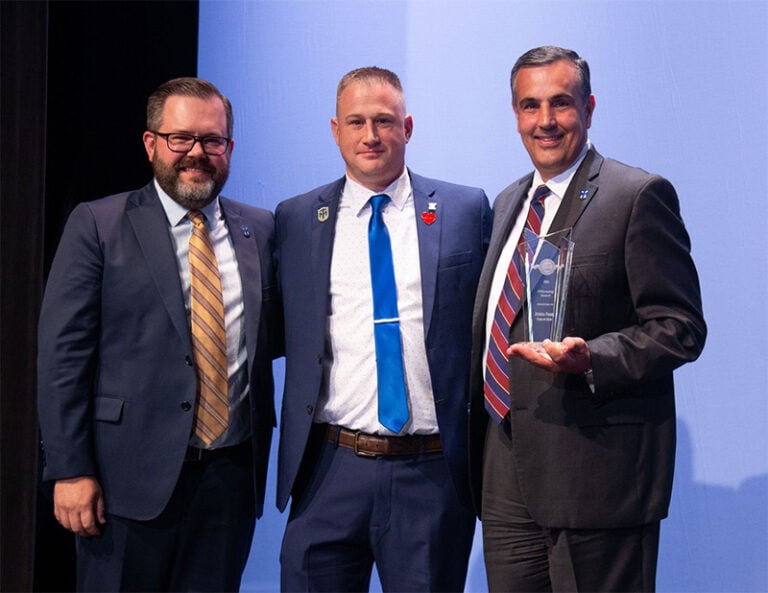
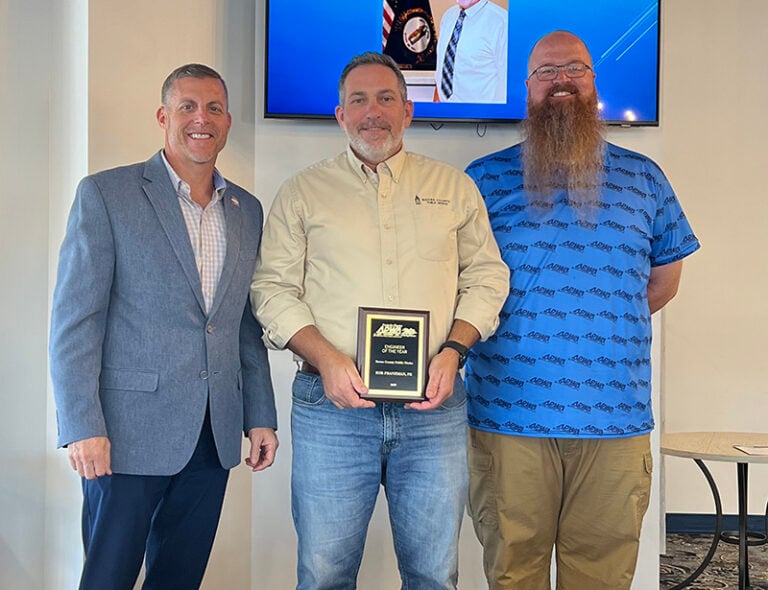


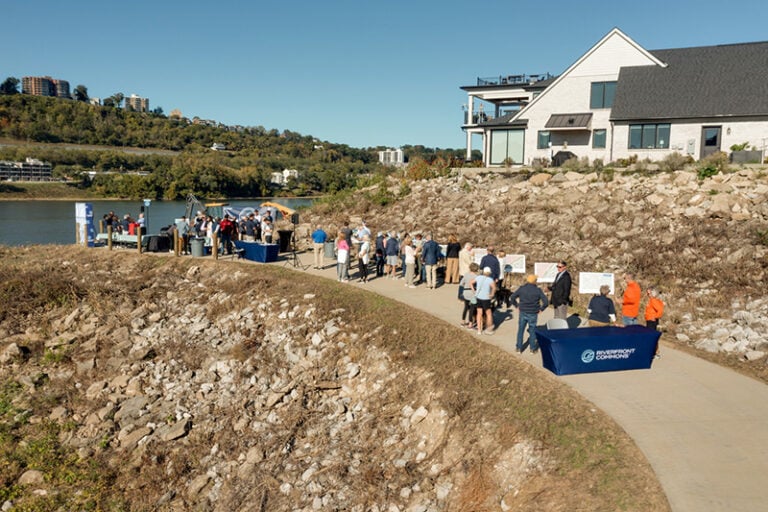
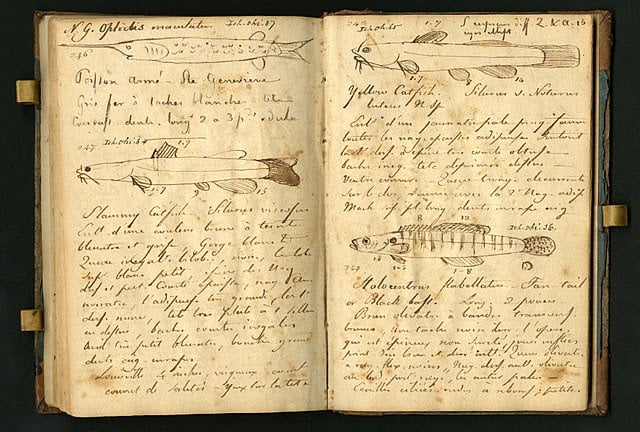
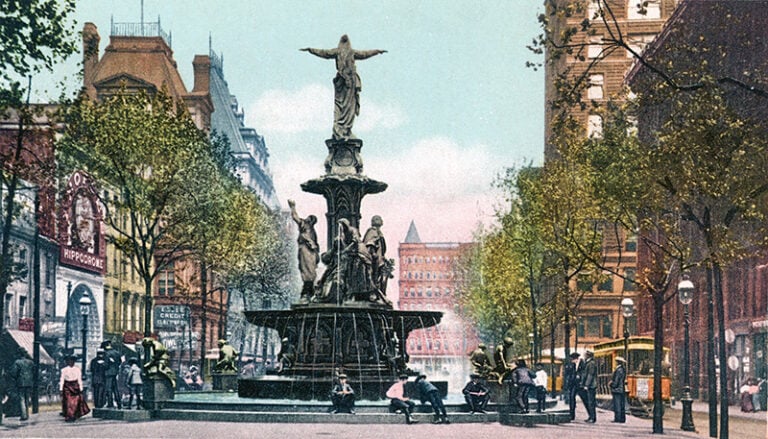



Hurrah! Capt Don has again brought to life Delta Queen days in the golden 70s. For some it’s memories revived. For others a little chance to share in steamboat day to day,yet magical time.. Thanks NkyTribune for giving Capt Don this great place to tell his experiences & the history that Mafe them possible.
Thanks, everyone, for sharing your kind comments. It does my heart good to hear them. I also noticed that the 50 readers on Facebook shared this column with their friends. All is sincerely appreciated.
Another great transcription from the logbook. Keep it up.
Enjoyable lookbacks at the work-a-day world on the Grand Dame of steamboats. Looking ahead and hoping that in the not-too-distant future, perhaps future crew members and passengers will tell future generations about life onboard a once again revived and dynamic DELTA QUEEN. Thanks, Capt. Don and NKYTribune for keeping steam up for these weekly reading excursions!